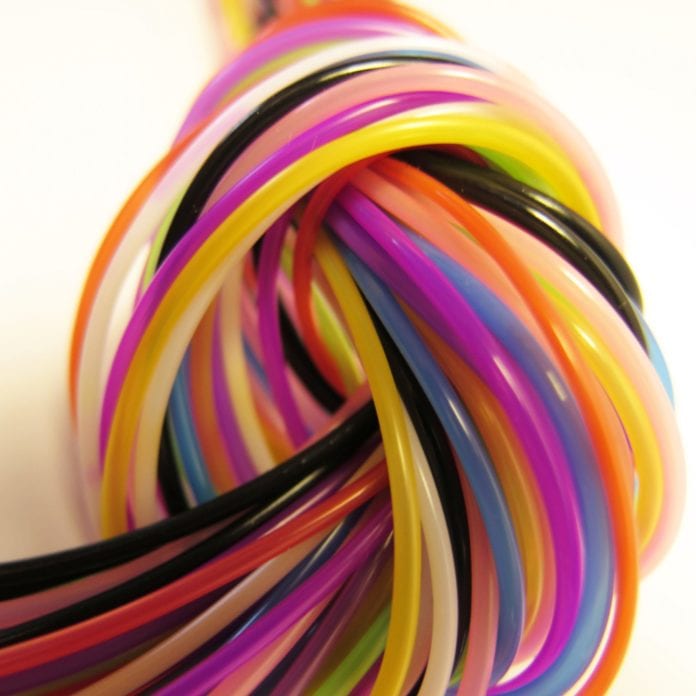Tony Werner, Comcast president of technology and product group, kicks off SCTE/IBSE Cable-Tec Expo 2016
PHILADELPHIA – “The wind is at our back,” Tony Werner, president of the Comcast technology and product group, told attendees at the 2016 Cable-Tec Expo.
Pointing to increasing collaboration, the advent of DOCSIS 3.1 and powerful new platforms like Comcast’s X1, Werner stressed that cable players “are not competitors at present. We collaborate; we work across. We work together to makes this a better industry. It really allows us to hit above our weight.”
Werner expressed the need for multiple-system operators and the ecosystem of vendors and service firms that support them to embrace the rapid pace of technological change.
Hitting on a central theme of the show — distributed access architecture — Werner and Zoran Stakic of Canadian service provider Shaw, looked to the future.
“We don’t know a couple of years from now what the role of ‘5G’ will be, vs. fiber-to-the-home, vs. full-duplex [DOCSIS 3.1] and anything else,” Stakic said. “I like having all those options available to us.”
Coming back around to the wind analogy, Stakic, citing a book Werner wrote, said: “You can’t change the wind, however, you can adjust the sails. I think, thanks to the leadership of people like you and a few other great colleagues, I think we are changing the direction of the wind,” to achieve economies of scale and rapid innovation.
Back to DOCSIS 3.1, Belal Hamzeh, VP of wireless technologies at CableLabs, touted the complementary nature of fiber and DOCSIS 3.1 in a hybrid fiber-coaxial network, as well as the promise of full-duplex DOCSIS 3.1, which is expected to provide symmetrical 10 gigabit per second network speeds.
“Right now the plan, the current trajectory for any cable network is to go fiber deep. You use your DOCSIS network to distribute from your fiber node to the household. We expect to see that move deeper and deeper into the network,” Hamzeh said.
As for the runway for DOCSIS technologies, “There is no critical need or nerve pitching need to go right now to fiber,” Hamzeh said. “DOCSIS offers a long runaway to continue expanding the network capacity.”
In the context of 5G wireless technology – tracking for standardization around 2020 – Hamzeh said the wired network only gets more important.
“You do need to have a solid wired network to support it,” Hamzeh said. “Especially in 5G, as you go to the larger and higher bands, you do need to have a deep penetration wired network. Now, how you balance it? 5G is just another tool in the chest. If it makes sense to use fixed wireless,” that’s what you do. “The cable industry is actually a wireless industry, too.”

